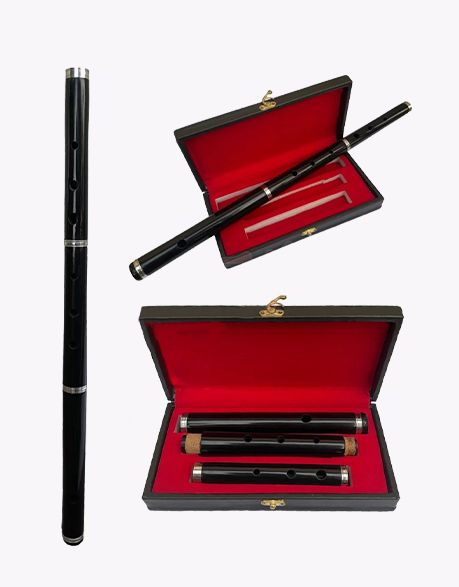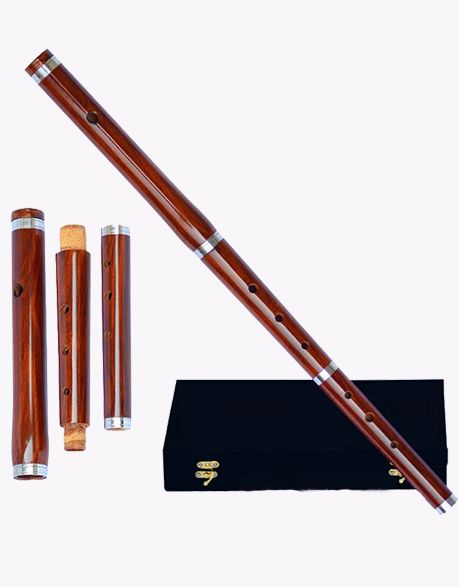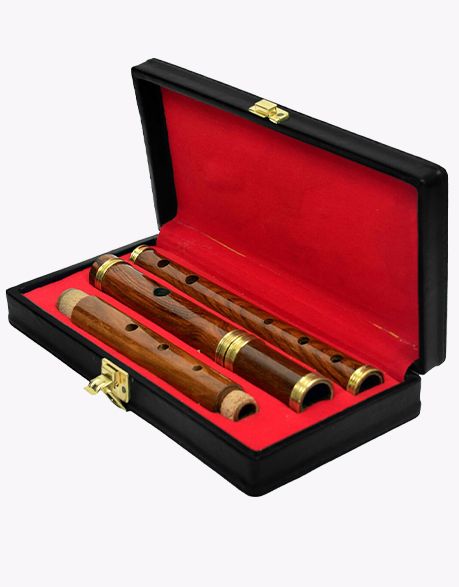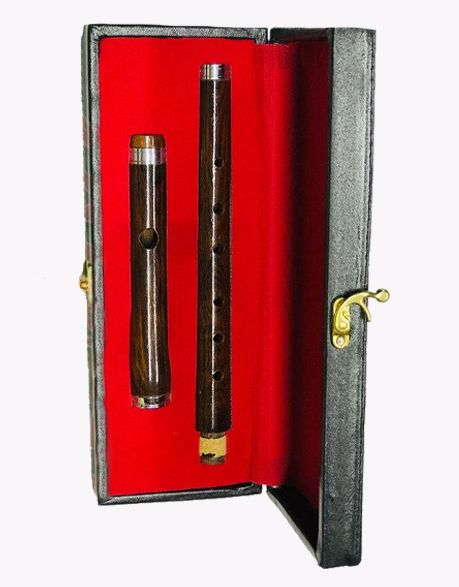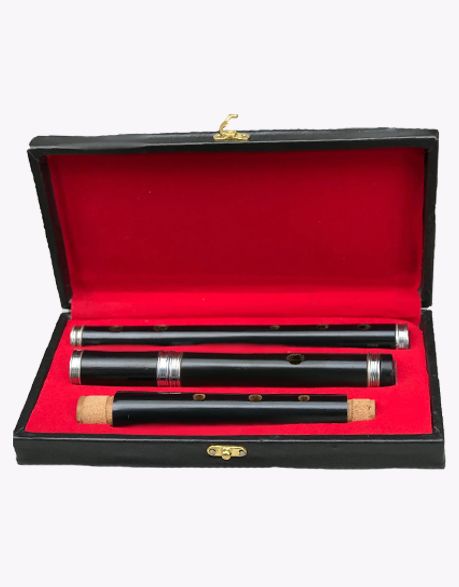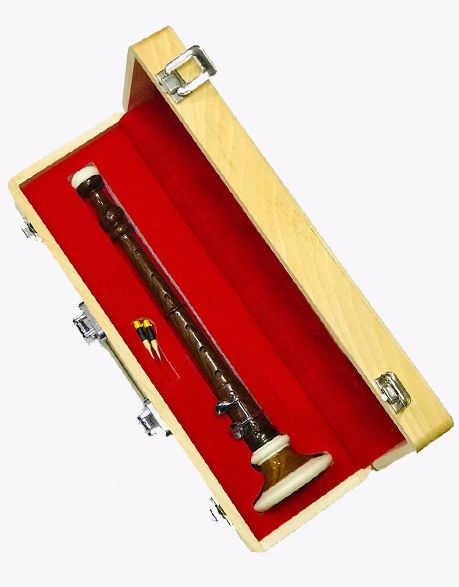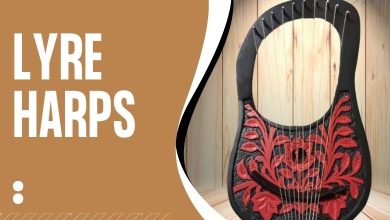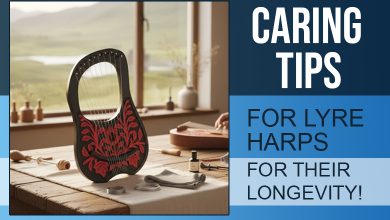Tips for Choosing the Right Irish Flute
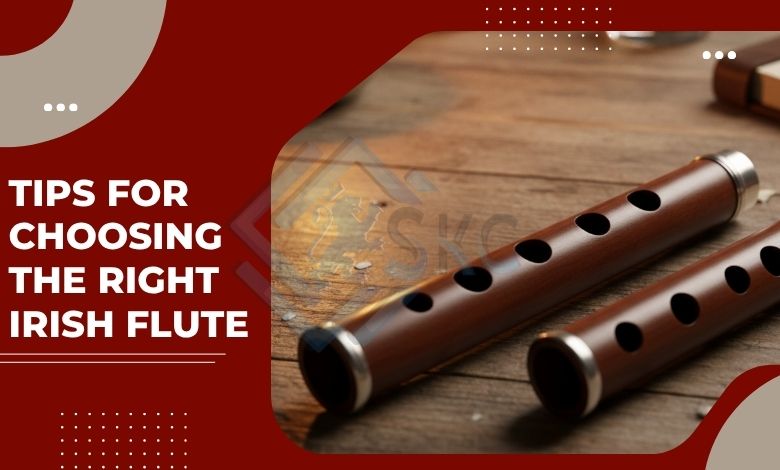
Choosing a traditional Irish musical instrument, known as the Irish flute, can be challenging to the people who are new to the flutes. Therefore, finding the ideal one is necessary since it helps players to perform accurately and listeners to enjoy what they desire. This article intends to make flute players learn how to select the right one according to their skill level and much more. However, the primary point is understanding what this instrument is and how it works.
Table of Contents
ToggleUnderstanding the Irish Flute
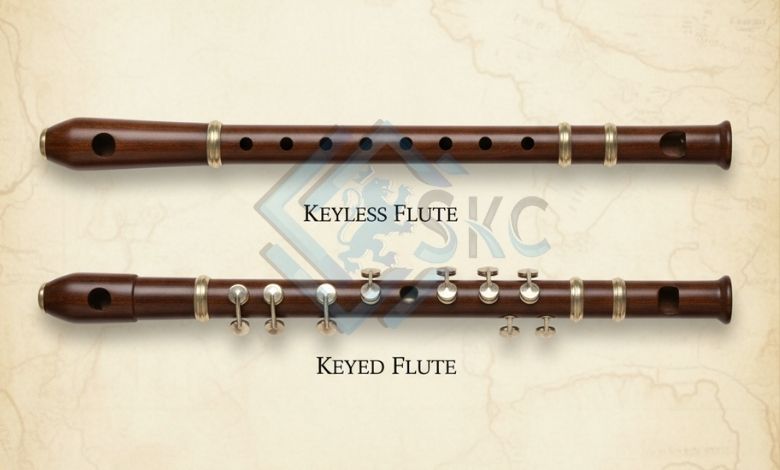
An Irish flute is a wooden simple system that produces ancient Irish music. Though connected with Ireland, the flutes have become equally popular in Scotland and other kilt-wearing regions. They produce sounds that resemble the whistle while the melody is shaped entirely by the player’s fingerwork. Let’s understand the anatomy of Irish flutes:
- It typically has 6 holes, although the number can vary.
- Headjoint is the upper part of the flute where players blow the air to produce sounds.
- A foot joint is optional in the flute, which extends the flute’s range to lower notes.
- Flutes can be either keyed or keyless.
Different Types of Irish Flutes
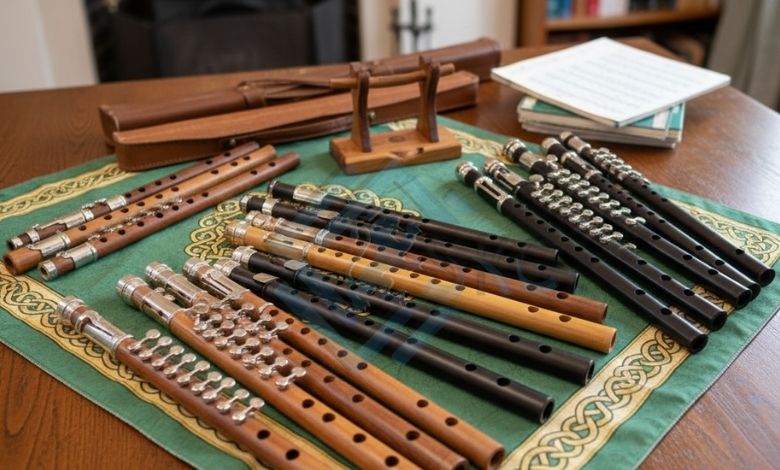
Irish flutes have different forms that are not limited to Ireland but many other countries use them. Some common variations are given below.
Pratten
A Pratten flute is a variant of traditional instrument and has a large bore and simple-system. Musicians prefer it for its powerful sound and large finger holes. These factors make it easy to play and contribute to its suitability for Irish music sessions. The flute has 3 joins and comes with both keyed and keyless versions.
Rudall & Rose
Some people consider Rudall & Rose to be an Irish flute. It is misinformation as it is a British musical tool but used frequently in Ireland and Scotland. Those who are players of the Boehm system will agree that Rudall & Rose played a role in popularizing this system. The larger tone holes and key system makes it suitable for experts.
Modern Polymer Flute
As the name suggests, modern polymer flute is made with plastic instead of traditional wood or metal. Weather and moisture do not impact its structure and the use of high-quality polymer offers it a good level of durability. Surprisingly, they produce the same sound that wooden flutes produce. Newbies prefer it because of durability and need of lower upkeep.
How to Choose the Right Irish Flute: Expert Tips
We discussed earlier that opting for the right Irish flute can be a daunting task to newbies. We claimed it because there are many factors that one must be aware of. These factors include the right choice of material, the size, tones you need to play on them, and more. Let’s start by discussing the different materials used to make Irish flutes.
Material Choices
Wood is the most conventional material to make flutes and still it is very common today. People prefer this one because of its connection with the past. Have a look at different materials and their properties.
Wooden Flutes: Other than being the traditional one, wooden flutes are popular for offering rich sounds and distinct tonal qualities. Therefore, the variation in colors is another plus point. These particular instruments are made from rosewood or African blackwood and have a good reputation for being robust.
Plastic Flutes: They have the same aesthetics as wooden or metal flutes, but the only difference lies in their material. Their construction with plastic makes them lightweight and suitable for marching events. Similarly, they are durable, cost-effective, and suitable for beginners.
Metal Flutes: Metal flutes are a type of transverse flute commonly made from metals like silver, nickel silver, or gold. Many people also know them as Boehm System flutes. These flutes feature metal tubes and key systems. Moreover, their usage in concert and orchestral settings is quite significant.
Keyed vs. Keyless Flutes
Flutes usually have two main categories: keyed and keyless. Keyed flutes feature extra keys to enable playing in a greater variety of keys. This variation suits those who need chromatic notes. Keyless flutes are simple, have six finger holes, and can only be played in D major and G major. Keyed flutes, at the same time, provide greater adaptability for playing a greater range of melodies. These flutes are typically seen to be simpler for novices. Therefore, the decision should depend on your needs and skill set.
Go with the Ideal Size
The next consideration here is the size of the flute. Standard Irish flutes have lengths of 24-26 inches since these stats are considered to be comfortable ones for players. Therefore, variation in sizes is possible and players should select the one they find ideal for them.
Tone and Playability
Irish flutes have tone holes that impact their playability. So, when choosing a flute, players must not overestimate this aspect. Larger tone holes can produce a stronger, more resonant sound but require more finger control, making them harder for newbies to manage. Beginners should start with a lightweight flute, as it’s easier to handle and more comfortable to play. Furthermore, they can handle them easily.
Price Range
The next tip is to analyze the price factor. Pick a product, then compare its prices at other stores and go with one that suits your budget. Metallic flutes are the most expensive ones because of the material. Similarly, those made with wood can be costlier but not much compared to metallic ones. Plastic flutes are the most affordable ones. So, decide what you want and compare their prices.
Choosing the Right Flute for Your Skill Level
Here comes the most important point to discuss, that is to examine your skill level first. If you are a beginner, opt for a plastic flute because it’s lightweight and easier to play. Similarly, keyless instruments may be the better choice in the case of being a student. In case you have ample experience, go with anyone according to the theme of the event.
Trying Before You Buy
The final step is to check whether it produces the sound quality you expect. You may ask here, what if you are buying it online? Check the reviews of the products on its website or consult your friends who already have experience with the same brand or product.
Common Mistakes to Avoid When Buying
The beginner musicians often make some mistakes while choosing flutes for them. If you also plan to buy a flute online, consider reading the below given mistakes first. Ask an experienced person to accompany you while purchasing from a physical store.
Overpaying: Persons usually do not compare the price of the same product at different stores and they overpay as a result.
Selection of Wrong System: Flutes usually have two systems: keyed and keyless. Beginners usually make the mistake of buying a keyed one, which is not suitable for them at all.
Aesthetics over Tone: Never prioritize aesthetics over tone like many individuals, because the primary function of a flute is to produce sound, not to look beautiful.
Buy Costly Products: It is often seen that individuals buy costly products assuming that it will be long-lasting. In actuality, beginners should never buy a costly product.
Flute Accessories
Irish flutes are traditionally simple yet beautifully crafted instruments. Its components include the headjoint, where the player blows air; the embouchure hole, which shapes the sound. The next part is its body that is typically made of wood like African Blackwood and rosewood. Tone holes are the backbone of flutes that are covered by players to change the pitch. Some modern versions include keywork for easier playability. The cork and tuning slide help with pitch adjustment, ensuring tonal precision and flexibility.
Maintenance and Care Tips
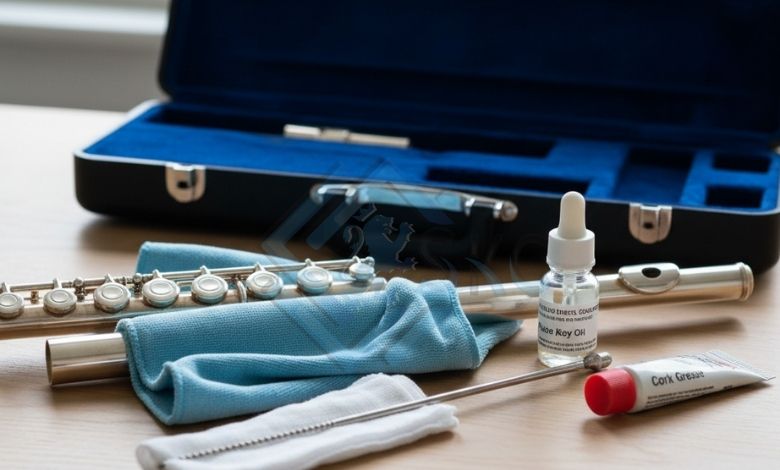
Only buying a flute is not sufficient, but you must pay attention to increasing its longevity by proper maintenance following some caring tips. However, its maintenance does not require a higher level of effort, but some simple steps are sufficient.
- The first thing is to clean the flute after using it. Use a cleaning rod with a soft cloth to thoroughly clean the inside of the flute.
- Make sure that no moisture remains in any of its sections.
- The interior and exterior of wooden flutes should be oiled properly using light mineral oil.
- Apply cork grease to the joints (tenons) to ensure smooth assembly and prevent sticking.
- Flutes always have a case. So, make sure you are properly keeping them in the case while storing them.
Buy Premium Quality Flutes at SKC
The brand’s reputation must be your focus point when buying premium-quality flutes. If you are wondering what brand it is, keep the name of Scottish Kilt Co. in your mind. We preferably sell wooden flutes at more affordable prices. Other than affordability we offer excellent return and exchange policies. So, do not make yourself wait any longer, explore our store and choose the next one. Some popular of them are:
FAQs About Right Irish Flute Selection
How is an Irish flute different?
While comparing Irish flutes with classical ones, we find them different in several aspects including material, bore shape, and key system. They have a conical bore and simple system. The classical flute, on the other hand, has a cylindrical bore. Similarly, they are metal-made and have Boehm systems.
Why are Irish flutes so expensive?
Many factors are involved in making flutes expensive including the quality of material and exceptional craftsmanship. Similarly, the requirement for premium-quality products is increasing which directly impacts the price of instruments.
Is the Irish flute hard to play?
It might be challenging for beginners but Irish flutes are not hard to play compared to classical ones. The challenges one can face are particularly in breath control and tone production.
What is the role of keys in Irish flutes?
The primary purpose of keys on Irish flutes is to increase the instrument’s range and enable chromatic notes. However, these are difficult to access on a keyless flute. They also provide musicians an access to a greater range of sounds and musical genres.
